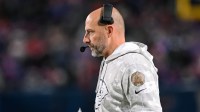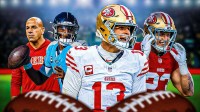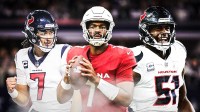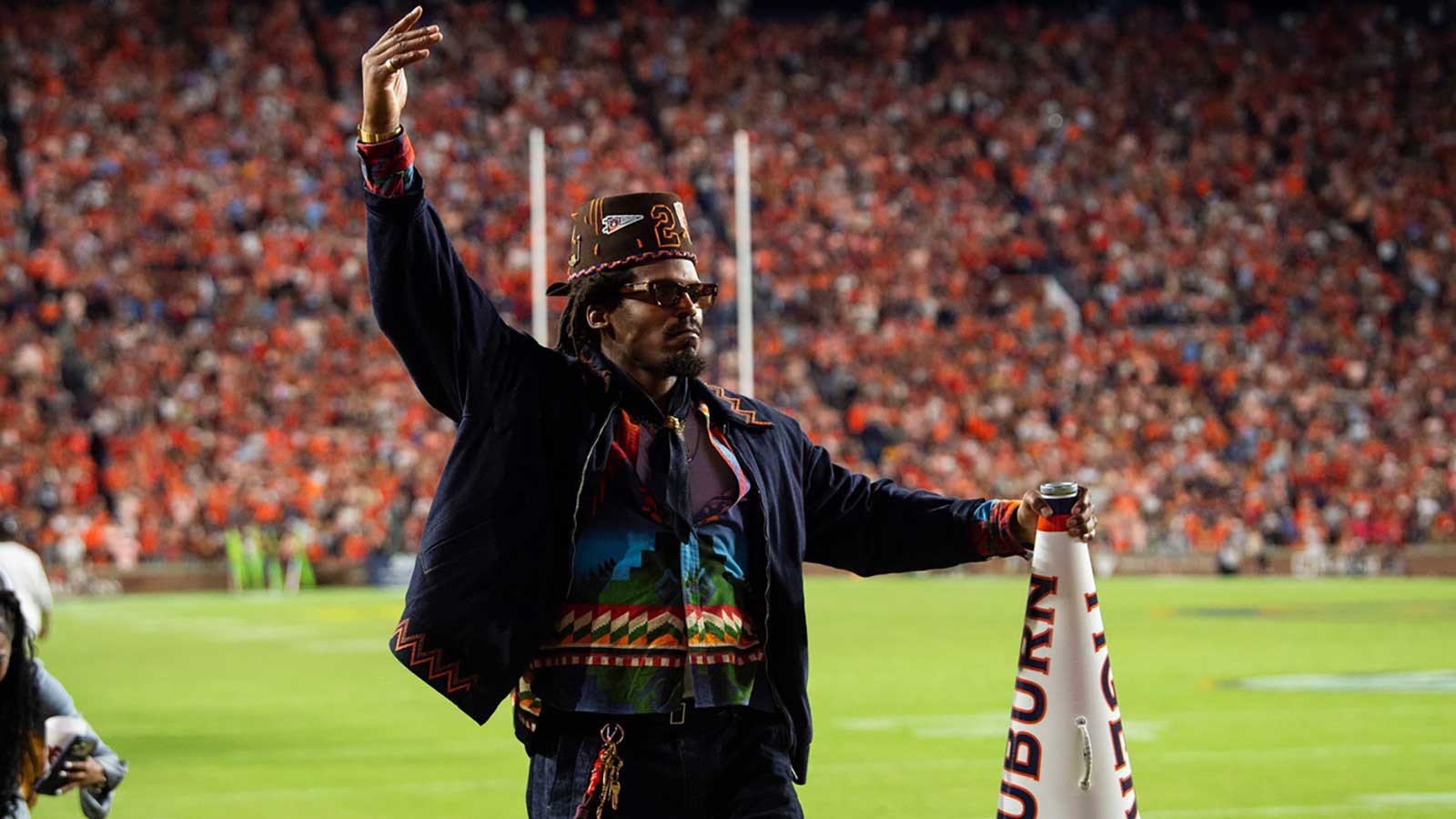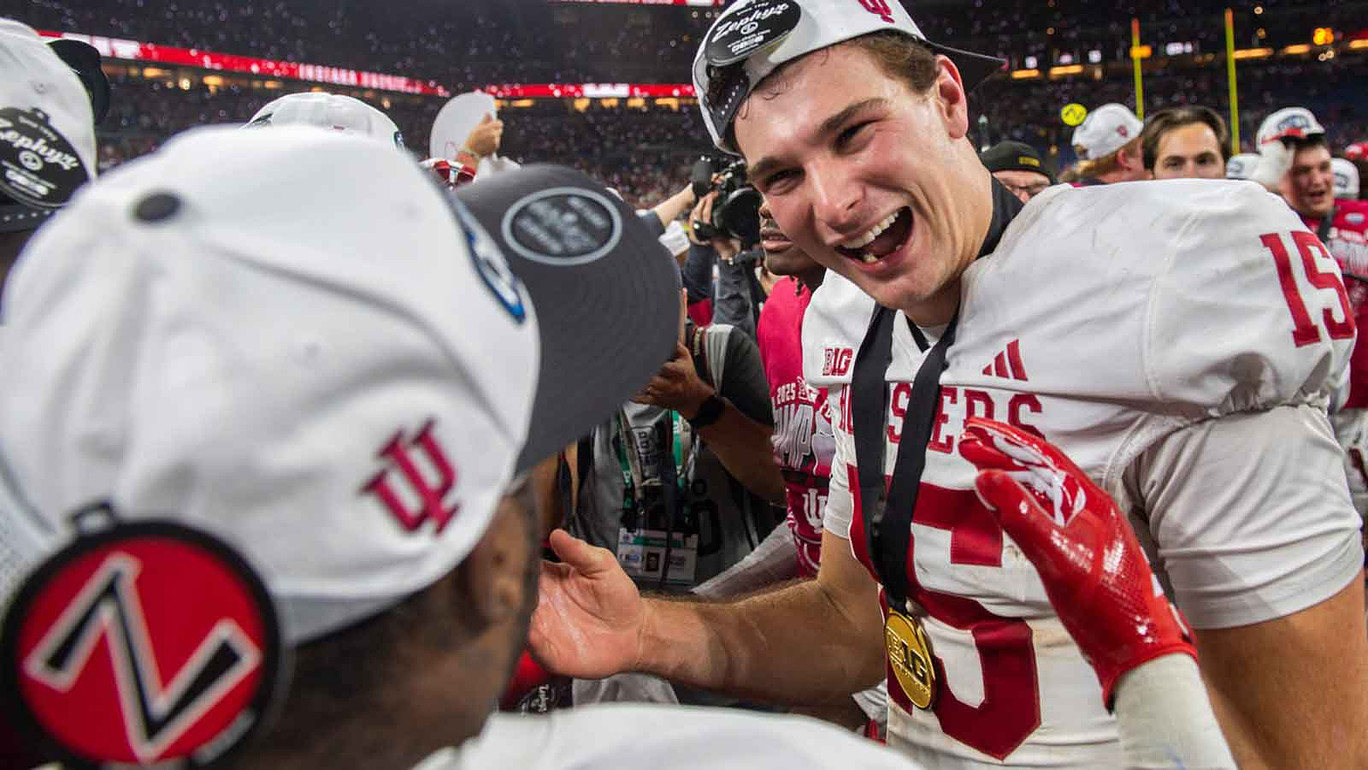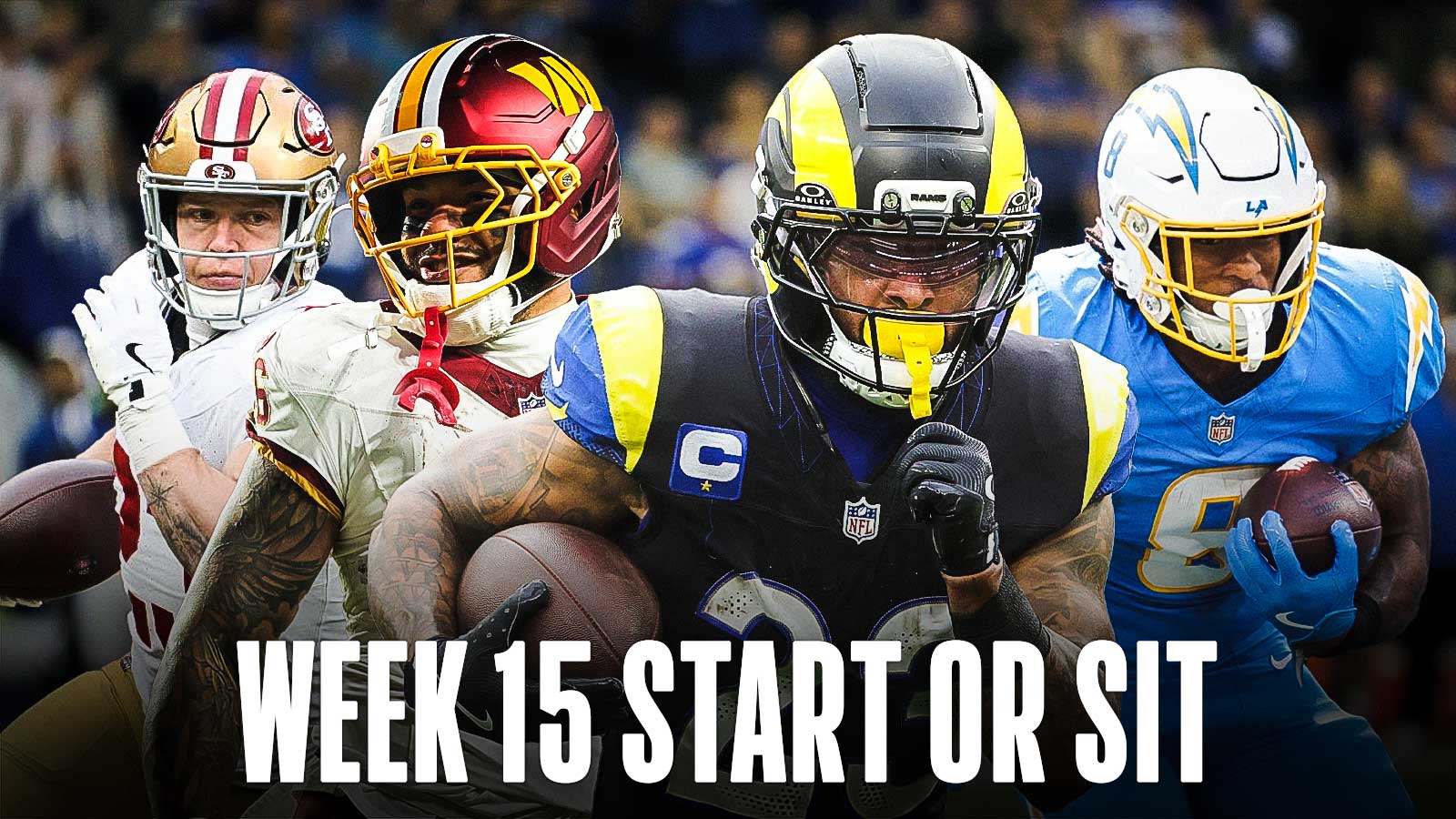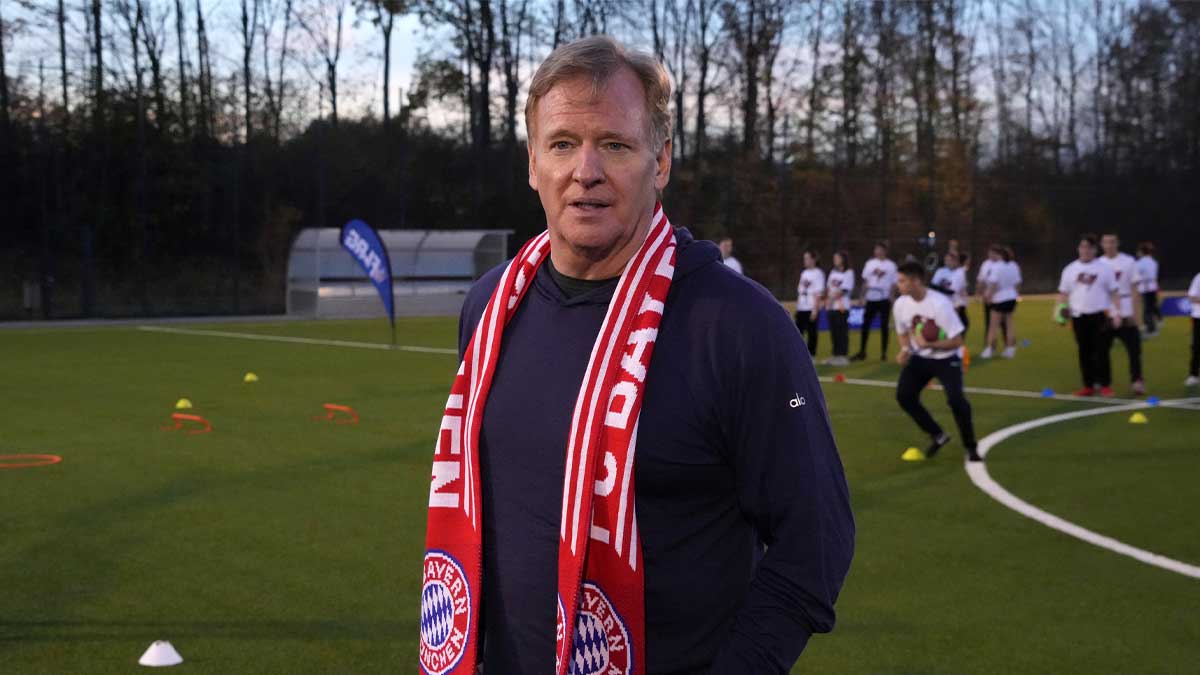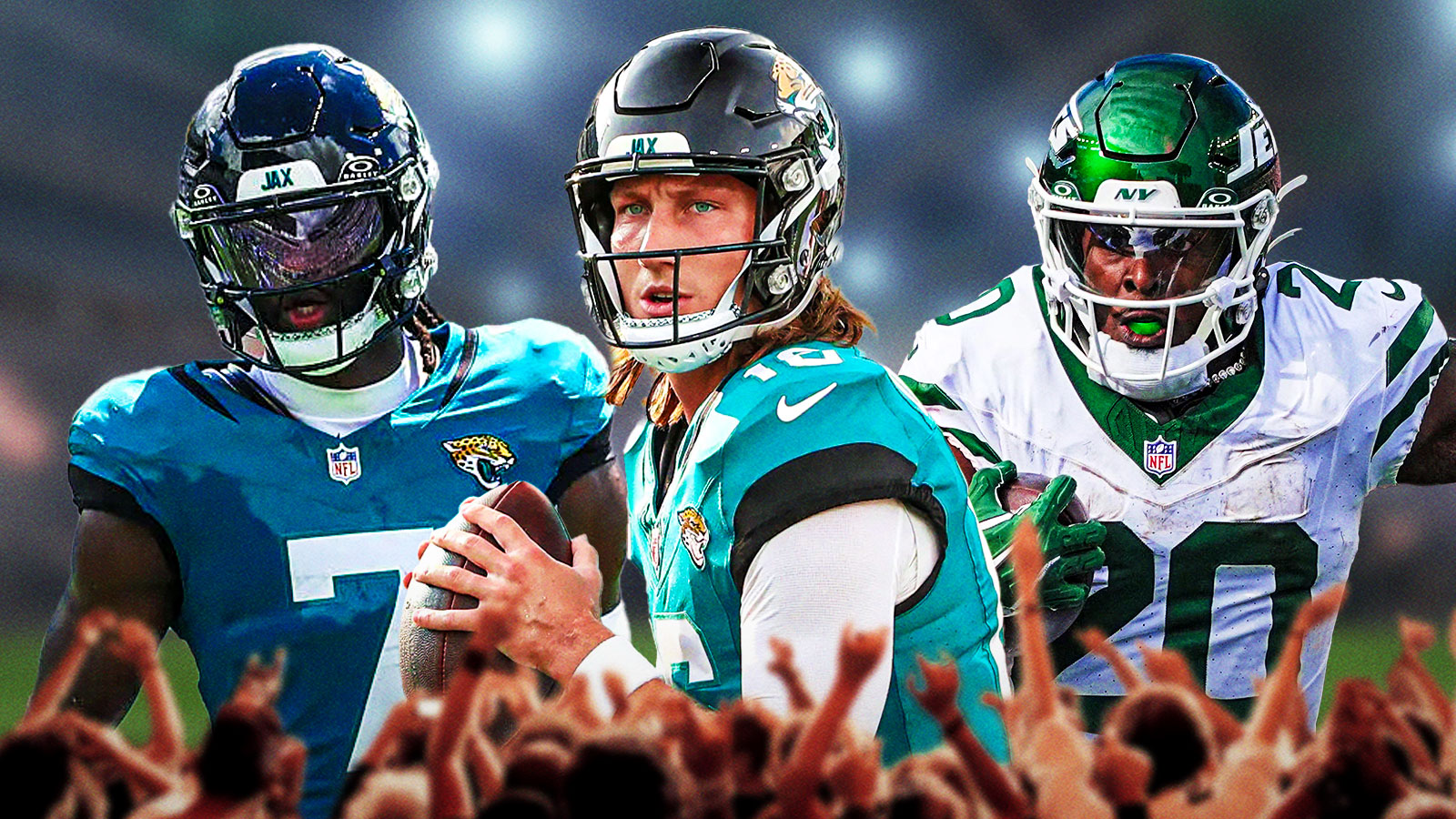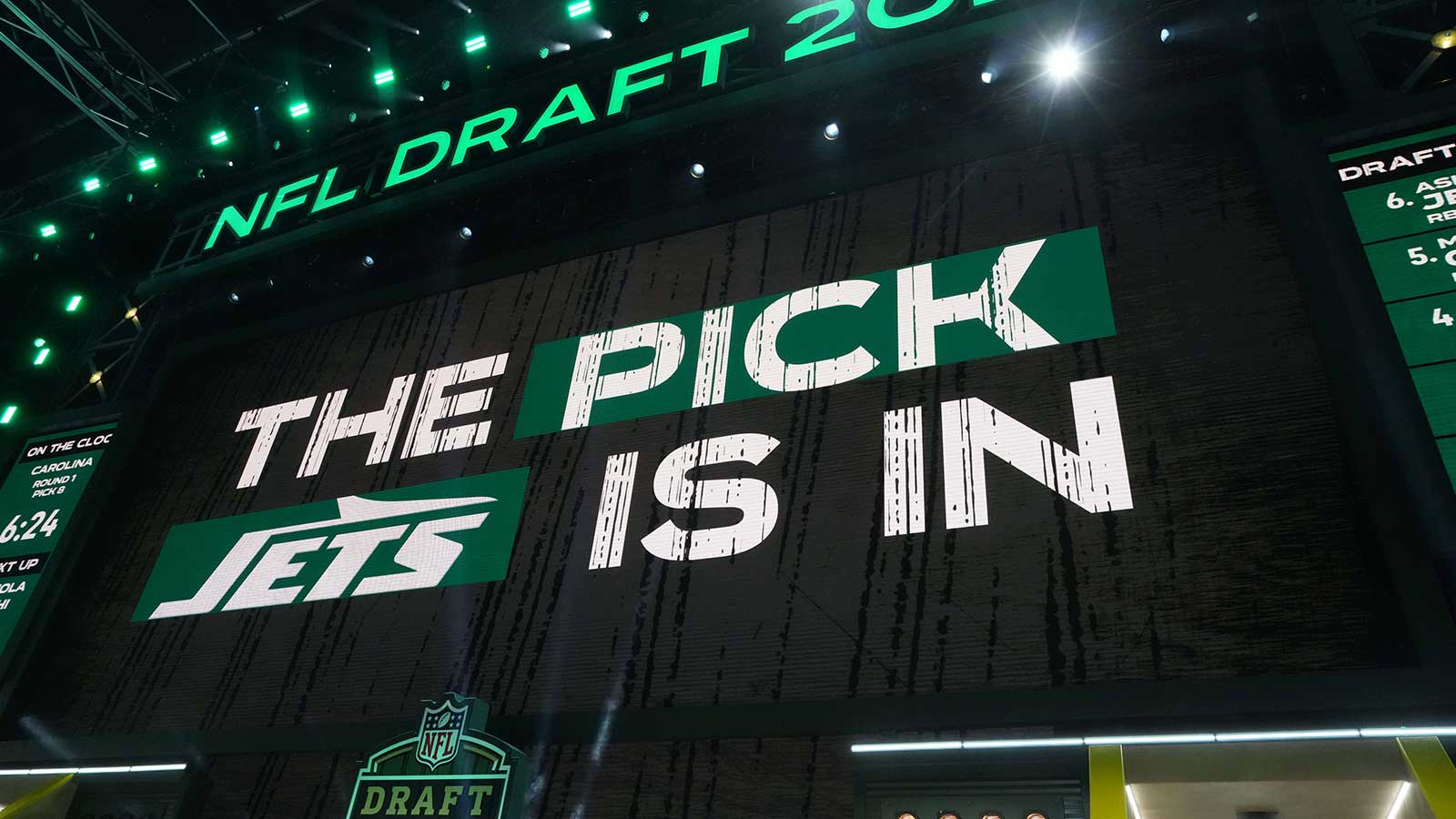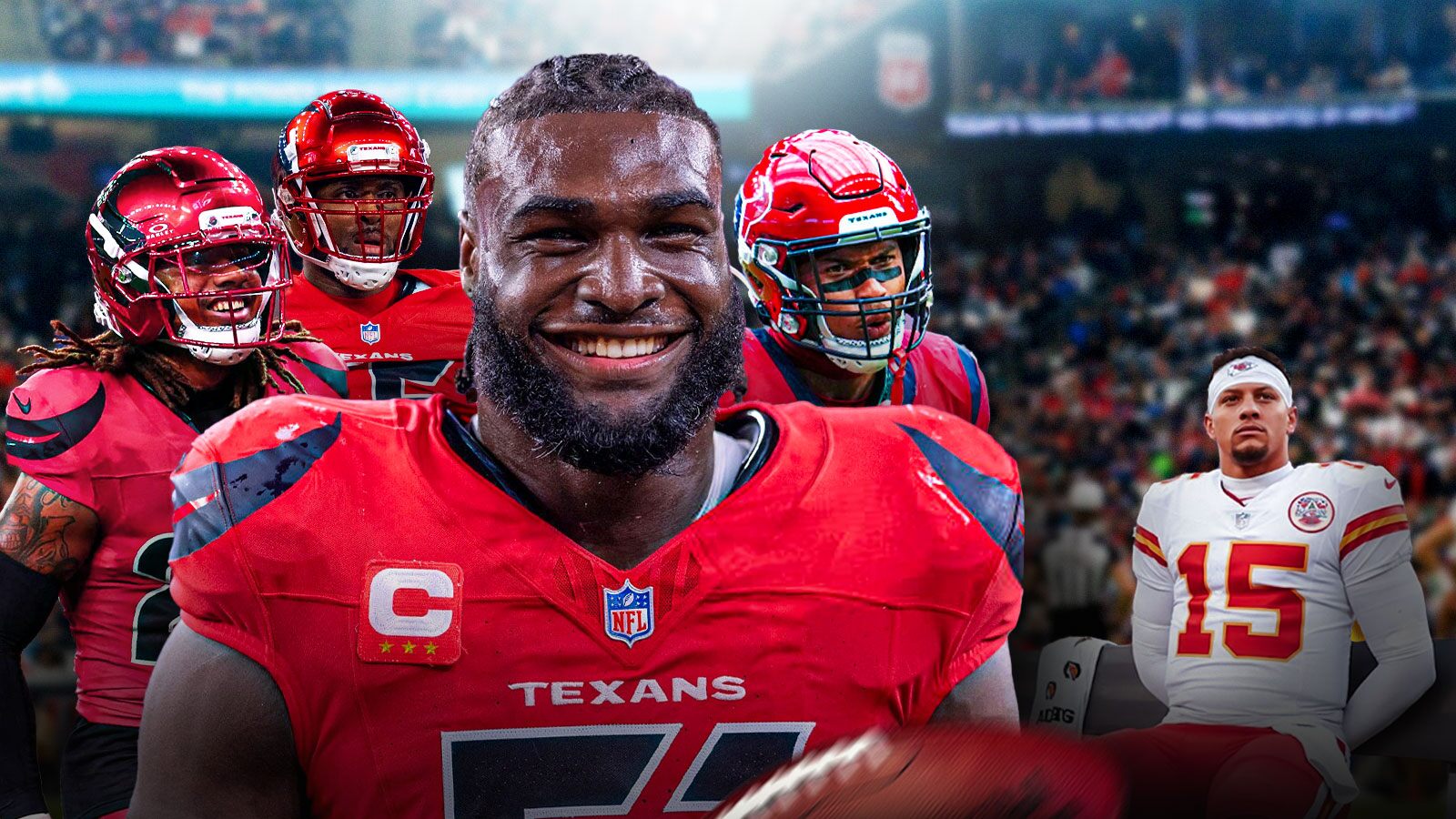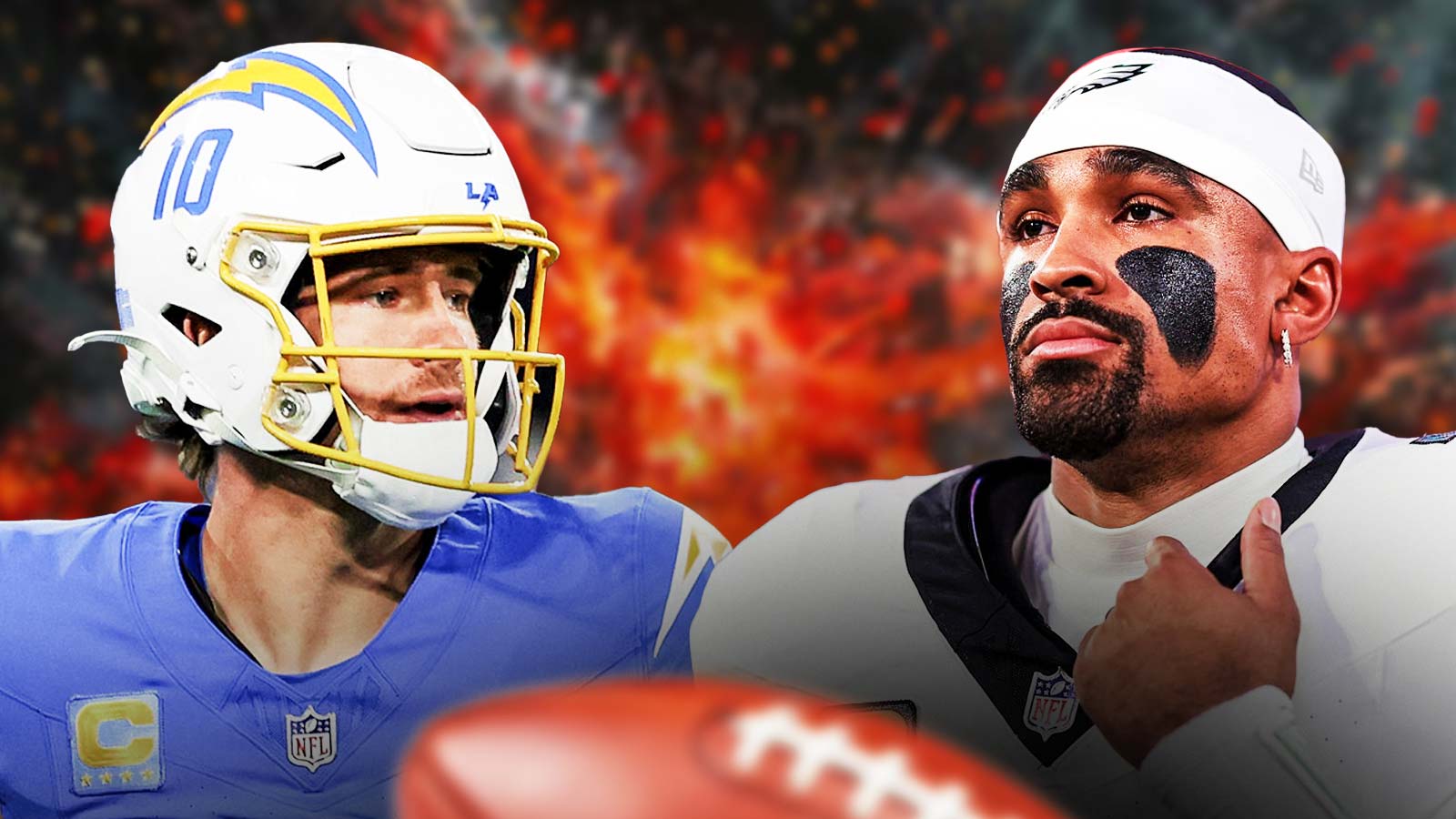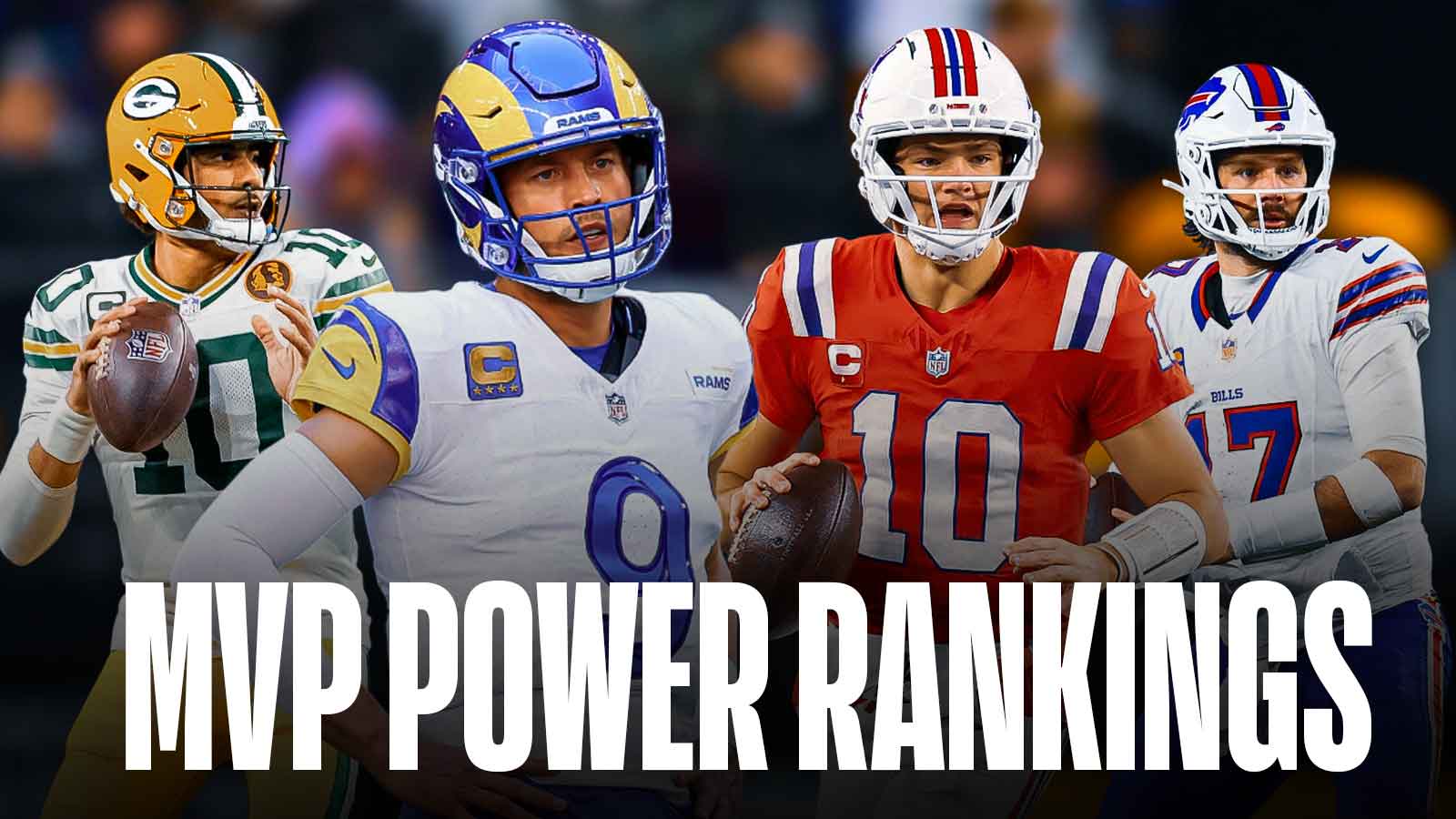As the NFL Draft looks to continue to be on schedule for April 23-25, trades become common news ticker fodder before and during the draft. Some teams like to be very careful with the moves that they make with their allotment of draft capital, and others love to move around the board and jump at the first chance they have to get ‘their’ guy.
Of the trades that have happened involving the NFL Draft, there are a select few that take the cake for being the best of the best. Players acquired, while at the time may not be expected to rise to Pro Bowl and Most Valuable Player levels, but the trades pay dividends for certain teams in the long run – that is what makes it fun for a fan.
Here are five of the best NFL Draft trades for one team or the other.
Julio Jones – 2011
Teams Involved: Atlanta Falcons & Cleveland Browns
Moving up 21 selections, from 27th overall to 6th, requires a huge amount of capital, as the Atlanta Falcons and Cleveland Browns found out back in 2011.
As Atlanta was looking to secure the team’s no. 1 receiver of the present and future, they settled on Alabama product Julio Jones, a tall physical specimen that was projected to go very high in that year’s draft. With the Falcons not wanting to lose out on the best receiver in the draft, they concocted a deal with the Browns to move up, and they paid handsomely for it.
Besides sending their 27th overall pick, the Browns received the 2011 second and fourth-round selections, plus a 2012 first-rounder and a fourth-rounder. In total, the Falcons sent five picks to the Browns to move up and get their guy, and that deal has paid off immensely for them.
He just passed the age of 30, he has already amassed over 10,000 receiving yards, he is a seven-time Pro Bowler and two-time First Team All-Pro player, so the return on the Falcons’ investment has been, in a word, great.
On the other side of that deal, the Browns turned their trade down into nothing special – DT Phil Taylor, WR Greg Little, RB Owen Marecic, QB Brandon Weeden, and RB Trent Richardson – through a few trades that pushed them up in the draft, this turned into an immensely one-sided deal.
Eli Manning & Phillip Rivers – 2004
Teams Involved: New York Giants & San Diego Chargers
At the time, this was seen as one of those wild deals, and to this day it still is crazy that Eli Manning talked himself out of playing for the Chargers and forced the hand of the Giants’ front office to trade for him.
After drafting Manning, who had publicly let it be known that he did not want to play for San Diego, the Giants took North Carolina State QB Phillip Rivers with the fourth pick in the NFL Draft, which helped start the trade talks. The Giants sent Rivers, a third-rounder in 2004, and then a first-rounder and a fifth-rounder in 2005 in return for Manning, and the rest is history.
This rare deal that turned out to be a win-win for both teams produced two Hall of Fame-caliber signal callers, one of which (Manning) has won multiple Super Bowls, and both of which have earned the respect of their fellow teammates. Rivers has made it longer than Manning did, but Manning’s career accolades put him above Rivers in the end.
Michael Vick – 2001
Teams Involved: Atlanta Falcons & San Diego Chargers
At the time, the Chargers were situated perfectly to select Virginia Tech superstar Michael Vick with the first-overall pick in 2001, but then the Falcons came calling – and they threw a boatload of picks at them to force their hand.
In the second item on this list that sees the Falcons move up to take a generational superstar, the Falcons shipped their fifth overall pick, plus an ‘01 third-rounder, an ‘02 second-rounder, and WR Tim Dwight to SD, all to move up four spots.
Vick became the NFL superstar that he was projected to be until his bout with dogfighting turned him into the villain that he truly was the whole time, but the Falcons got exactly what they were looking for out of him when they made that jump.
For SD, they came out equally as well off, if not better. Moving down to fifth justified their selection of a different position, and they selected TCU running back LaDainian Tomlinson, who ended up being one of the team’s building blocks for the 2000s. Later in that same draft, QB Drew Brees was selected, since their investment of Ryan Leaf a few years earlier did not pan out, and the Chargers put themselves back on the map with this draft alone.
Patrick Mahomes & Deshaun Watson – 2017
Teams Involved: Kansas City Chiefs & Buffalo Bills / Houston Texans & Cleveland Browns
In the 2017 draft, the likes of Mitchell Trubisky, Patrick Mahomes, and Deshaun Watson all found their professional homes in the first round – but who would have thought that Trubisky was the first one drafted looking back at it?
Even though the Bears made the awful decision to give up a solid chunk of their draft class to jump up one spot just to draft the worst option of the top three QBs, that was not overshadowed by the moves that the Kansas City Chiefs and Houston Texans made to solidify their franchise futures.
For Mahomes, the Texas Tech product was seen as a bit rough, but the Chiefs were looking for a solid piece to sit behind Alex Smith for at least a year and hand the keys to soon after. Mahomes was a great fit for Andy Reid, coming out of the Red Raider slingin’ offensive scheme, and he has turned into even better of a prospect than the team could have imagined.
Moving up with the Buffalo Bills, the Chiefs sent third first-rounder, third-rounder, and their 2018 first-rounder to move up from 27 to 10, and that investment has easily paid off.
For Houston, they swapped firsts with the Browns, moving up to 12 from 25 and giving up their next year’s first as well. Watson turned out to be just as good of an investment as Mahomes has been, but now with DeAndre Hopkins shipped out of town, could Watson demand to leave next?
Earl Campbell – 1978
Teams involved: Houston Oilers & Tampa Bay Buccaneers
Going all the way back to 1978 for the final list item, the Houston Oilers made themselves look like a real genius when they made the move to acquire running back Earl Campbell, whom they drafted first overall. In order to get this pick, the Tampa Bay Buccaneers moved down to 17th but acquired a ‘78 second-rounder, plus a 1979 third-rounder and fifth-rounder.
Campbell won the Heisman award in 1977, his last year in college, and he parlayed that success into going first overall in the NFL Draft. The Oilers ran with Campbell’s success, advancing to consecutive AFC Championship games.
On the opposite side, the Buccaneers drafted QB Doug Williams at 17, and made an NFC Championship game appearance after putting together an 0-26 slide the past two seasons. While this deal is still heavily lopsided in the favor of the Oilers, the Bucs were still able to recoup some sort of value out of it.



